My $300 Dinner At The New Sushi Hashiri in San Francisco
To say I felt like a one percenter last week is to put it mildly.
It’s not everyday that I dine on a $300 three-hour kaiseki meal at a sushi bar, even if I was invited in as a guest of Sushi Hashiri, the new Japanese restaurant in San Francisco, two days before it officially opened to the public.
I realize few people will have the means — or even the inclination — to spend that princely sum at a sushi bar. Instead, we nonchalantly throw a $9 package of nigiri rolls into our cart at the supermarket, no matter if the rice has gotten a little hard and the seaweed too flabby. So accustomed are we to the run-of-the-mill stuff that we almost forget how transcendent sushi can be in the right hands.
Then along comes an establishment like Sushi Hashiri to remind us of that fact. It is the sister location to the smaller Hashiri that opened in Tokyo in 2012.
The 42-seat restaurant, which includes a 10-seat sushi bar, is led by Executive Chef Takashi Saito, who helped open Ame in San Francisco; Chef Shinichi Aoki, late of Kaygetsu in Menlo Park; and Chef Tokunori Mekaru, who hails from Hashiri in Tokyo.
There is a rarefied aura about it, in part because it’s a reservation-only restaurant tucked inside the quieter confines of Mint Plaza, and of course because of its lofty prices — $250 per person in the dining room, $300 at the sushi bar (you get a selection of nigiri for the extra cost), or $500 for an exclusive omakase experience.
But you start to exhale more after you step inside, and shoji doors are slid away to reveal a rather surprising dining room done up with whimsical, modern tech and pop flourishes. There are 16 projectors that create the video art installation that streams across long panels hung from the ceiling. Right now, cherry blossoms move across the screens. But those images will change with the seasons. On the walls are oversized canvases of John Lennon and Sly of the Family Stone.
Take a seat at the sushi bar, and the chefs will take you on an exquisite journey. Everything is served in handmade pottery from Japan. The chopsticks are fashioned from 150-year-old cedar.
It begins with “Sakizuke,” a jade-green snap pea cold soup that’s so vivid and pure that it’s almost like freshly pressed pea juice. It’s topped with sweet, raw Japanese langoustine and local sturgeon caviar.
“Zensai” is a spring salad of fiddlehead ferns, fresh bamboo shoots, and asparagus, cooked al dente in dashi to add an umami savoriness. Slices of raw Japanese clam add toothsomeness, and a wasabi lime dashi brightens the entire dish with the subtlest tickle of heat.
What I really appreciated at Hashiri was the opportunity to taste components that were totally new to me. Case in point, the next dish, “Owan,” with slices of sweet raw snapper in a delicate fish broth that cradled a square of sesame tofu. Not only was the tofu house-made, but the sesame seeds imported from Japan. This was my first experience with sesame tofu. I hope it’s not my last, because it is amazing — deliciously nutty and so silky soft like custard. A Japan-born food writer next to me, who’d eaten sesame tofu many times before, declared this one the best she’d ever tasted.
That was followed by “Tsukuri,” slices of raw red snapper arranged with a teepee of raw, finely julienned kabocha, and garnished with shiso and dehydrated egg yolk. The piece de resistance was the puddle of ponzu gelee on the bottom. You drag the snapper through the gelee back and forth to catch as much of it as you can. It’s like a film of lemony soy sauce jello that you wish you could smear on just about anything.
“Mushimono” is the chef’s take on chawanmushi, the steamed egg custard. This one with morel mushrooms s particularly rich and eggy, yet still sporting a gentle, quivering texture.
“Yakimono” brings the only meat course. And what meat it is — A5 (top of the line) Wagu beef served charred yet rare over a dashi-simmered round of daikon, charred ramps and celeriac puree. It’s only two slices of beef, but when the meat is this rich, you don’t need any more to be fully satisfied. Its fatty juices will coat the palate and linger.
It’s only wiped away by the arrival of a palate cleanser, “Kuchinaoshi,” a cup of cucumber and fresh plum pieces in a viscous, slightly gelatinous liquid made from a water plant known as Junsai. The drink is a little salty and just slightly sweet.
Then comes a procession of sushi, each piece placed on a rough-hewn ceramic plate in front of us by the chef. We are told the shoyu he uses contains katsuobushi — dried, fermented and smoked tuna — so it’s sweeter than the average soy sauce. This is not a place where you go to town and swirl in a heap of fake wasabi into a dish of soy sauce until it turns into sludge. Here, the chefs use the real-deal rhizome — and judiciously. They parcel it out, smearing a smidge only on the nigiri they feel need it. You are also instructed here to eat the sushi with your fingers, not chopsticks.
Gizzard shad arrives first, marinated in salt and finished in vinegar. It’s mackerel-like with an oily flavor. Then, it’s onto Spanish mackerel marinated in kombu, followed by black throat perch, its buttery flesh seared, then sprinkled with a few grains of a special Japanese salt that’s made by evaporating sea water off of kombu so that it retains glutamate for added flavor.
Next comes the only fish not from the famed Tsukiji fish market in Tokyo. But it’s hard to do better than King salmon from the Copper River, which needs little adornment to appreciate its full, rich taste.
Squid is finished with just sea salt and lime. This particular one is extremely creamy in texture, a sign of its freshness. Our server gets a laugh out of us when he tells us our next nigiri, maguro (tuna) is from Ireland. It is. It is prepared zuke-style, in which the fish is soaked in soy sauce (like brining) to concentrate its flavor.
Baby red snapper, cured in kombu, before being seasoned with sea salt and lime, is a wonder of suppleness. Horse mackerel gets crowned with chives and finely grated ginger to tame yet complement its strong flavor.
We know something special is coming when the chef takes out a handmade wooden box from the refrigerator. Inside is the medium fatty toro from Okayama, stored that way so that it doesn’t dry out. The mouth-feel is as lavish as imagined. Next, one of my favorites, Hokkaido scallop, always a treat because it is so naturally sweet.
That is followed by something I’ve never seen before — shiro ebi, Japanese translucent white shrimp that are all of 1 1/2-inches long. My dining companions and I felt lucky we weren’t the ones who had to peel those tiny crustaceans. The chef takes a heaping tablespoon full of them and compacts them atop a brick of rice. You eat the entire nigiri at once, so that the delicate shrimp mound begins to disintegrate in your mouth, leaving nothing but this rush of sweetness.
The last piece is the traditional tomago. The egg omelet is done Tokyo-style here with the addition of sugar so that it’s as sweet and eggy as a dessert custard.
A lidded lacquer bowl of miso soup follows, made with a milder miso, so it’s less salty but with a nice smokiness to it.
The first of two desserts arrive — white sesame ice cream with black sesame sauce and fresh apricots. The ice cream is vegan, made with soy milk. It’s got a wonderful toasty, nutty flavor, with the black sesame adding almost a slight savoriness. You eat it with an aluminum spoon (reportedly costing $50 each) designed by a Japanese architect. It’s supposed to transmit the heat of your fingers to the ice cream, giving it the perfect consistency to enjoy. I don’t know if the spoon necessarily did that, but it was definitely a beautiful piece of modern cutlery.
The last dessert is like a little present from nature. A parcel arrives wrapped in bamboo leaves and tied with twine. You unravel it to reveal mochi chimaki, a treat traditionally served for Children’s Day in Japan. It’s a type of mochi made with arrowroot. Dip the sweet jelly-like confection into a dish of black sugar syrup that’s like smoky molasses and kinako, toasted soy flour, that tastes of sweet chestnuts.
The shoji doors open again, and you depart — poorer in the wallet, but enriched in many other ways.
For most of us, it’s not a meal we can repeat often — if ever. But it’s definitely worth experiencing at least once if you can.
More High-End Sushi: Omakase in San Francisco

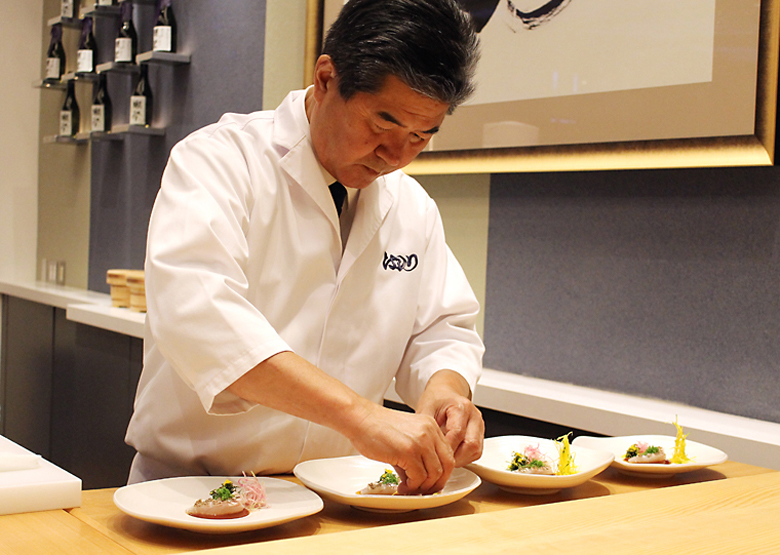
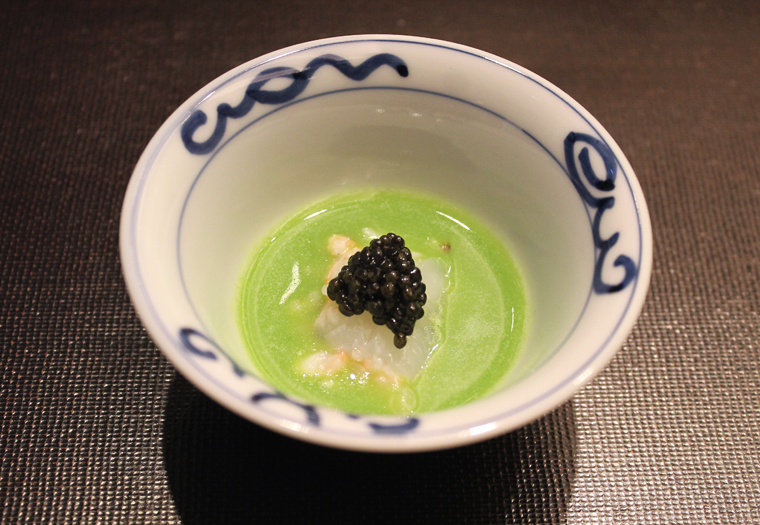
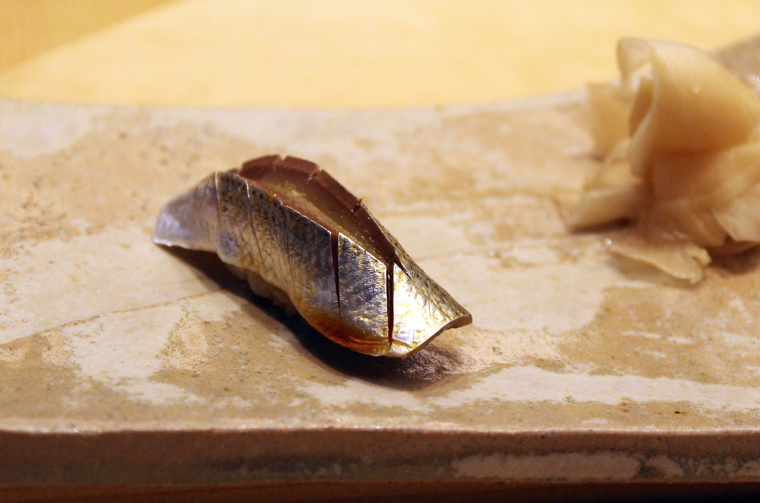
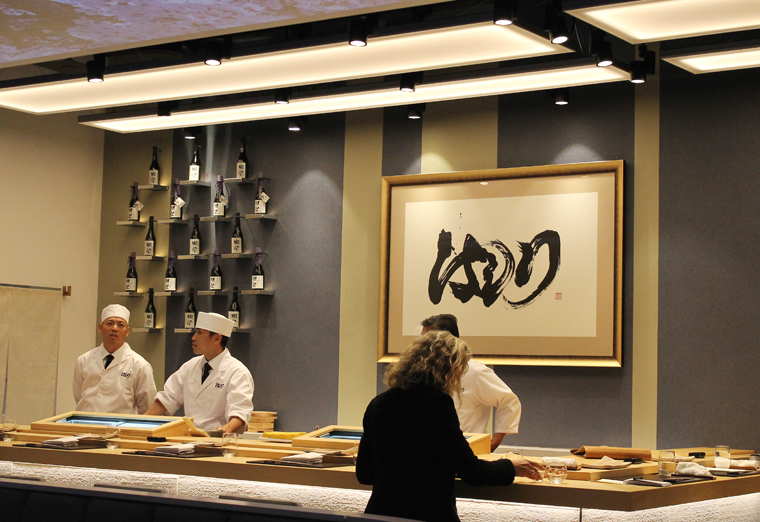
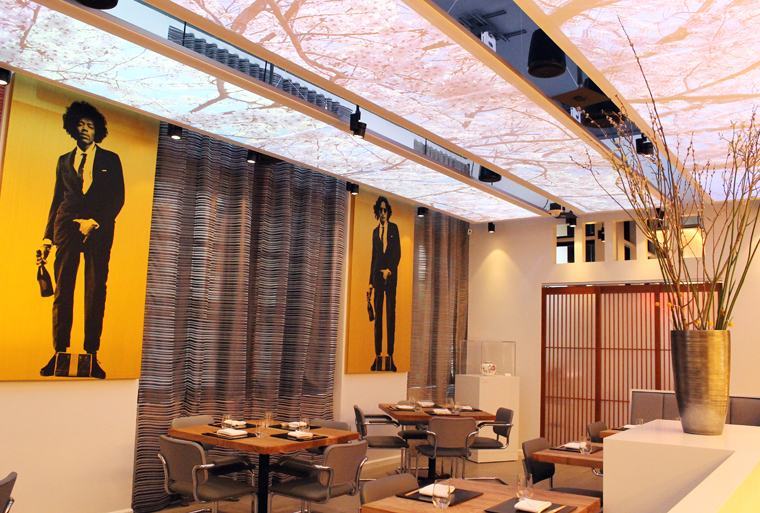
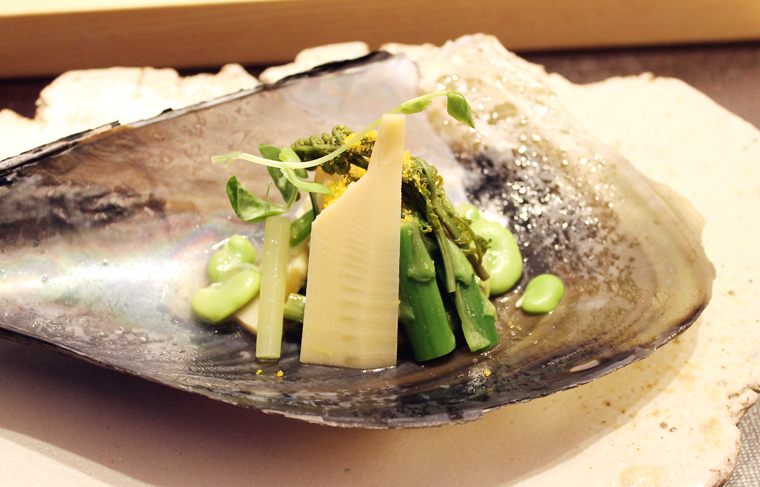
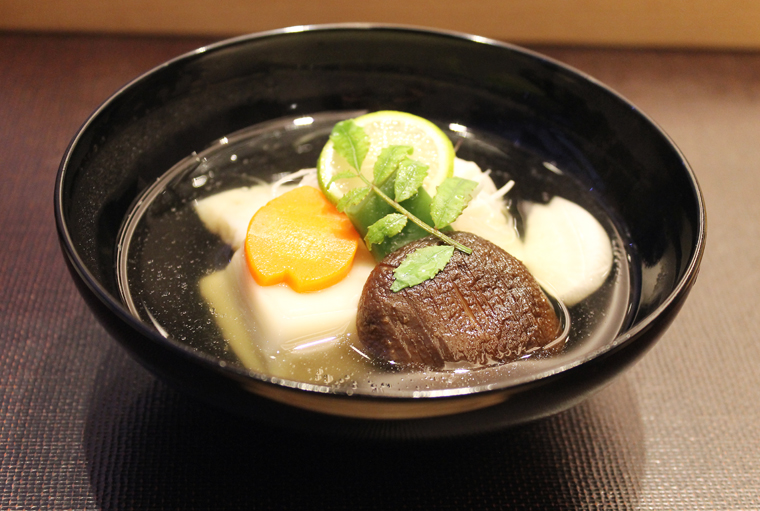
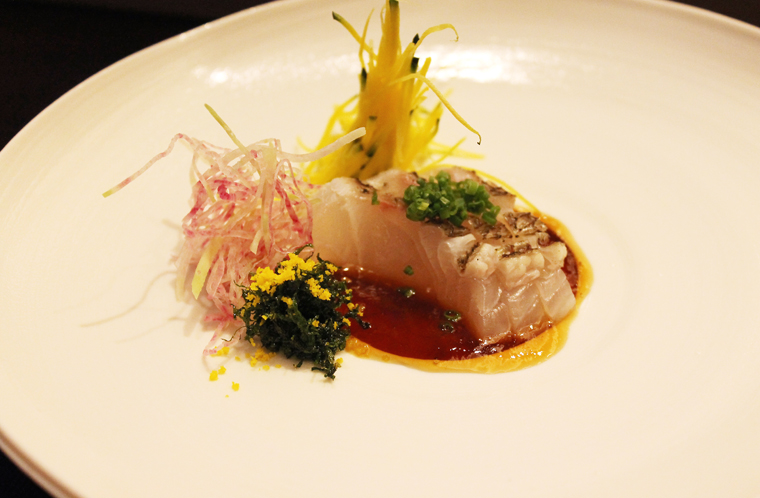
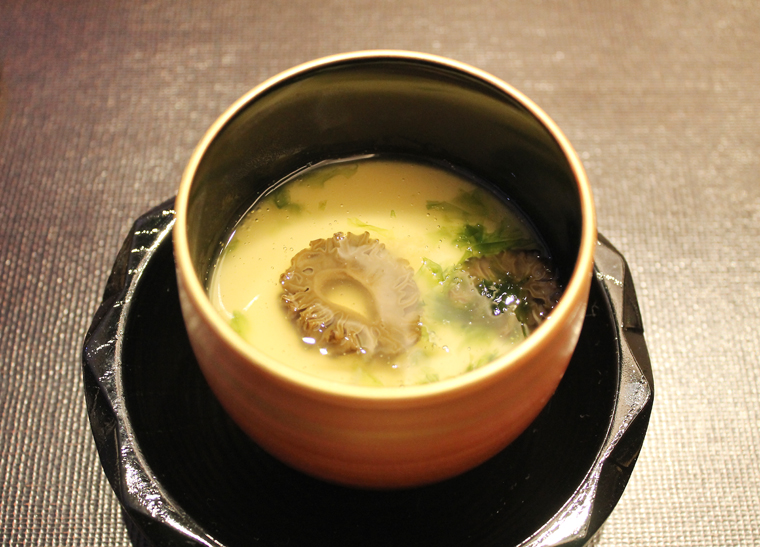
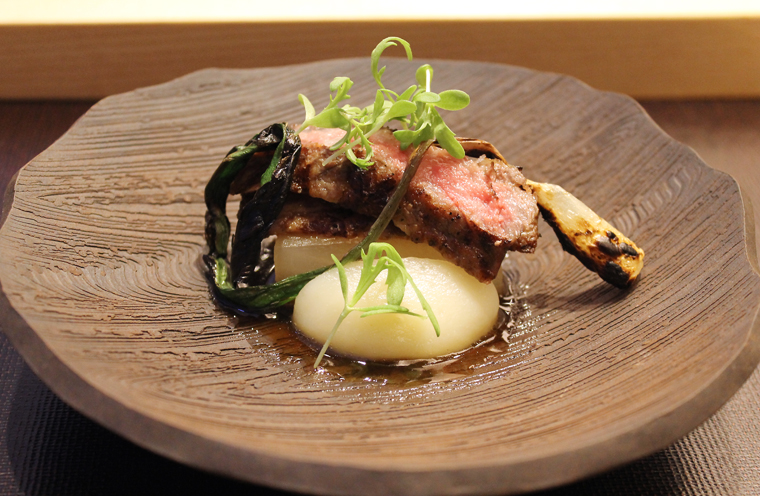
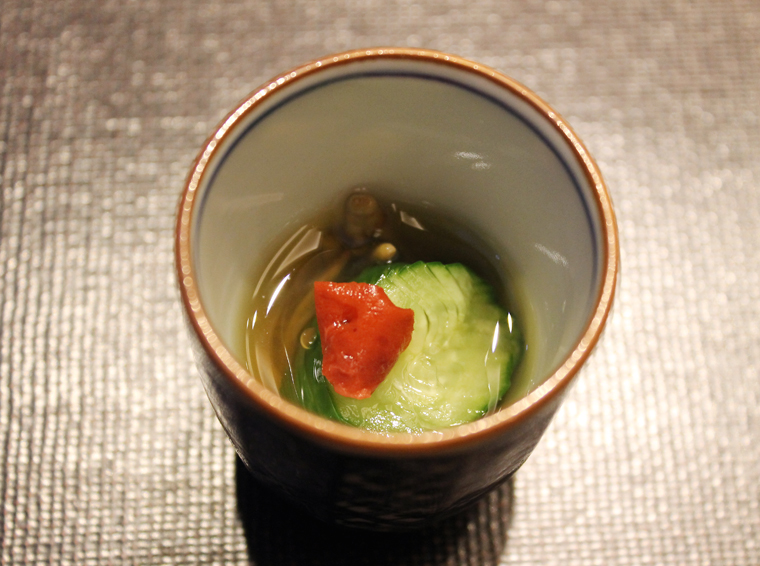
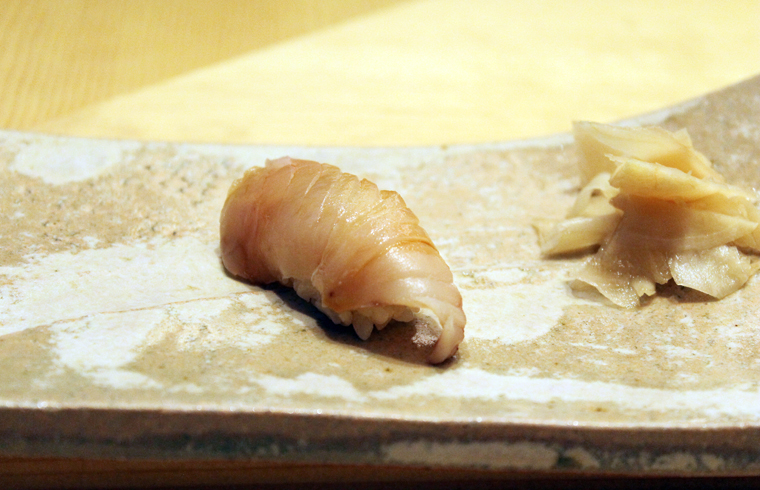
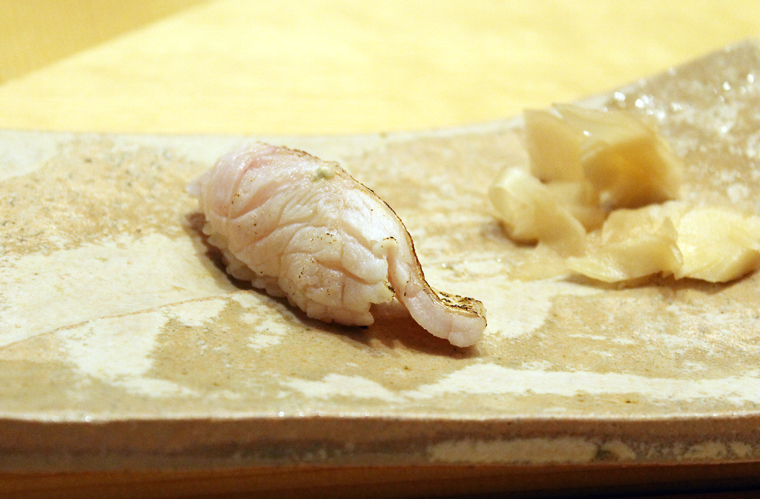
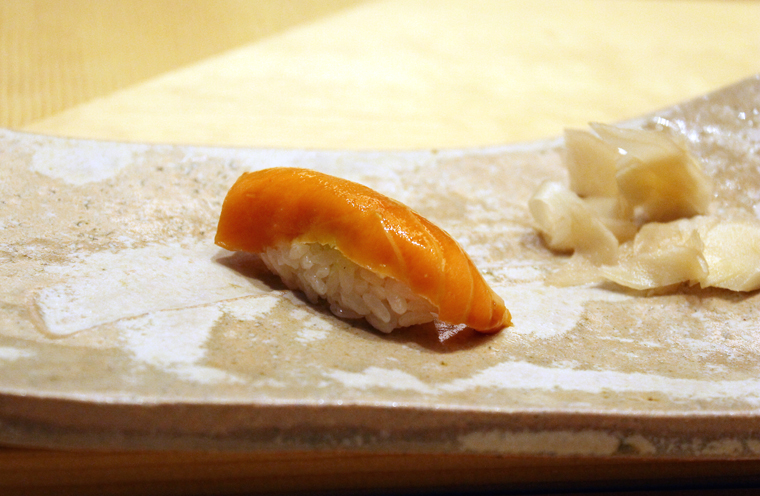
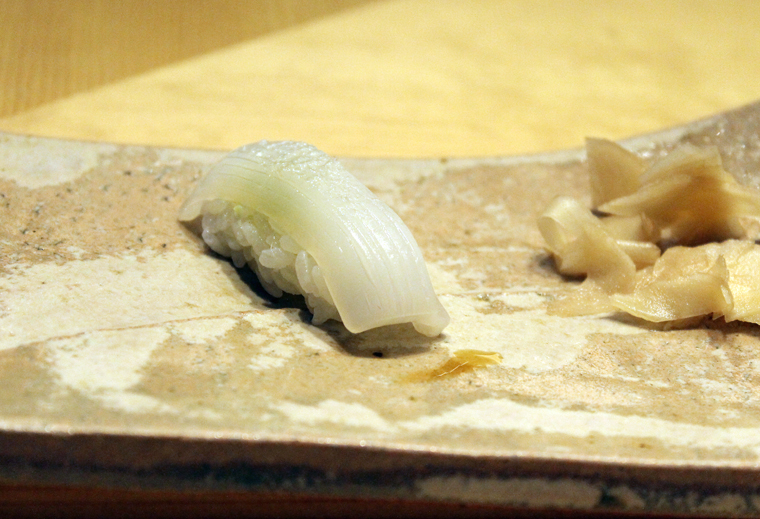
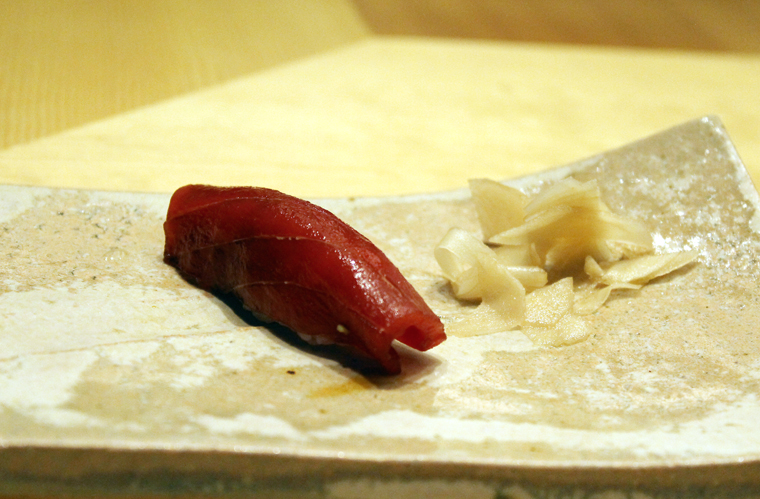
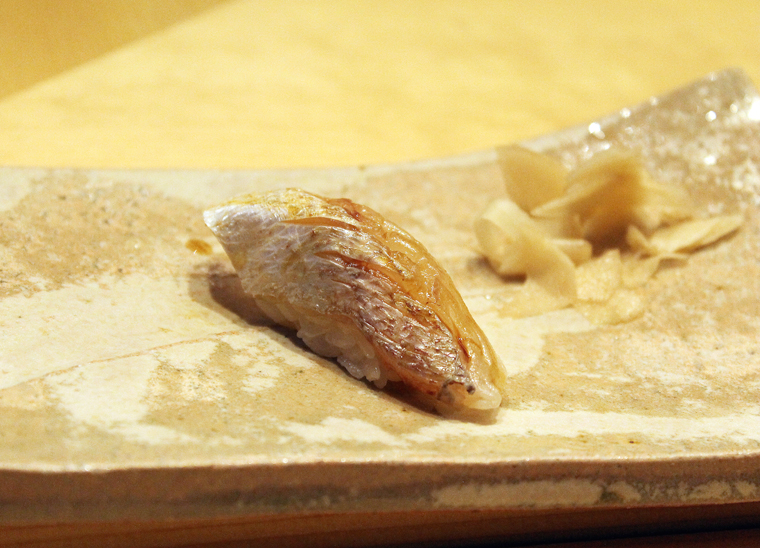
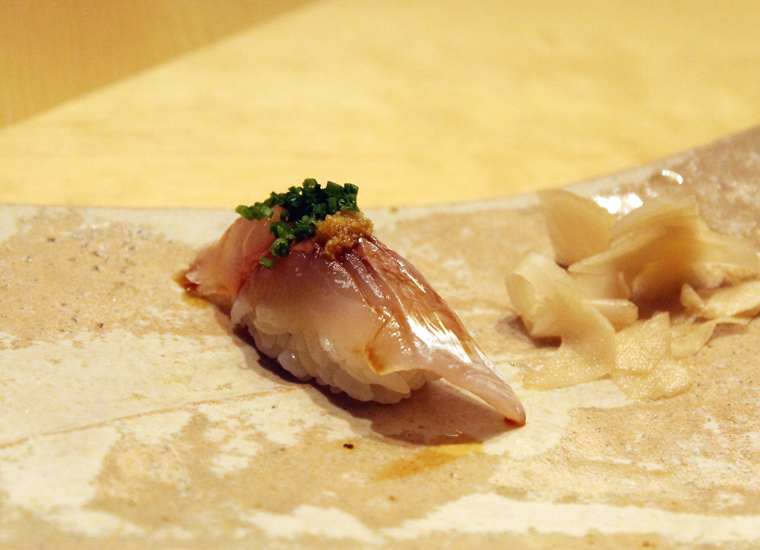
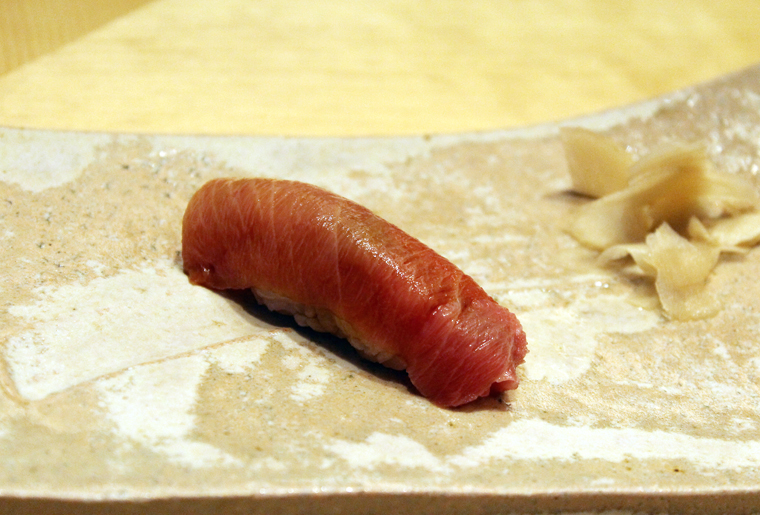
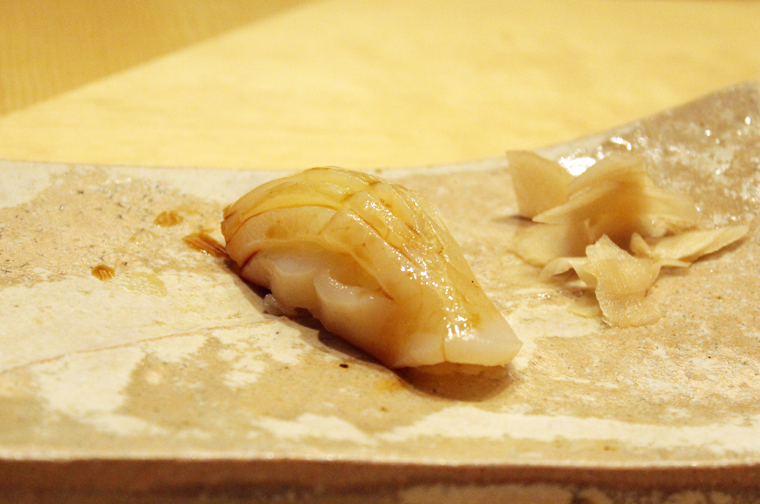
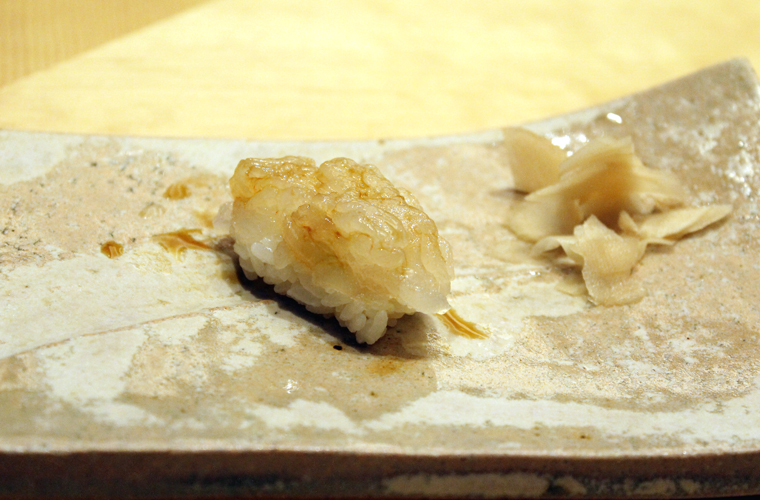
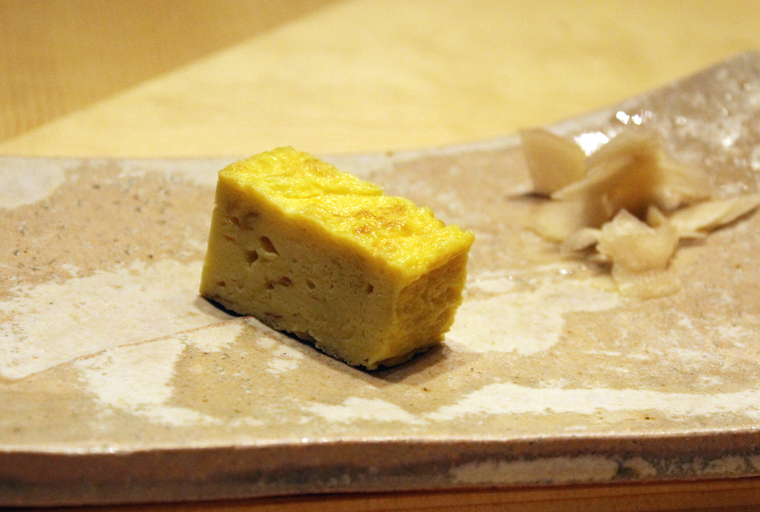
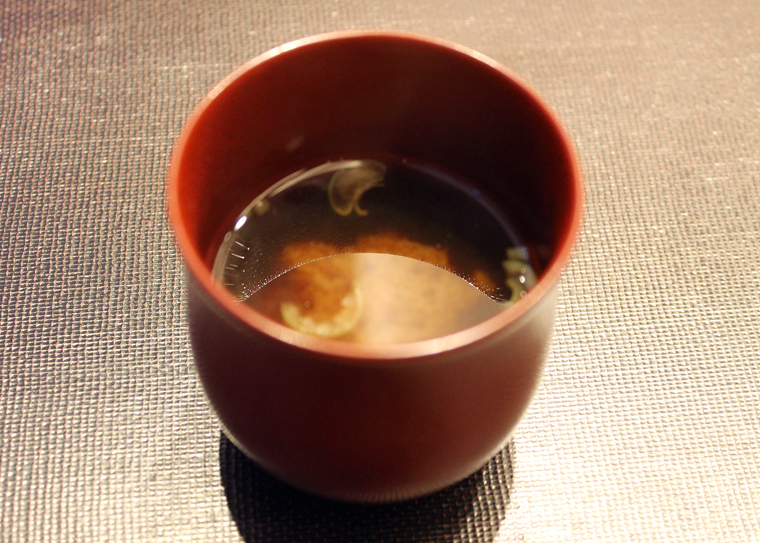
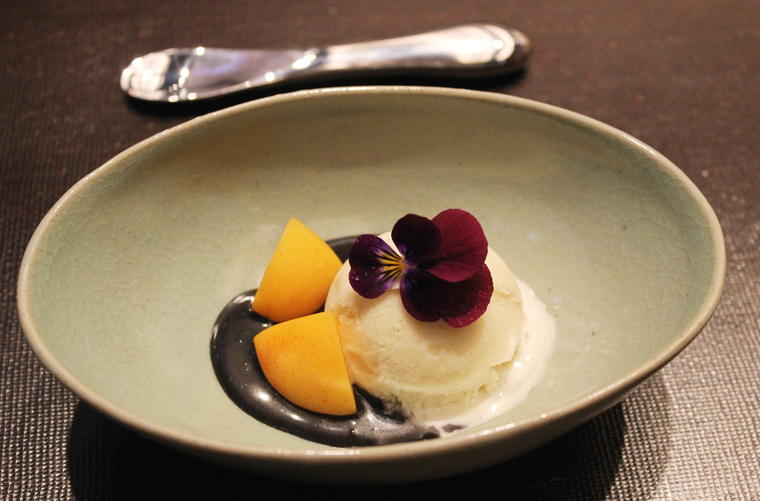
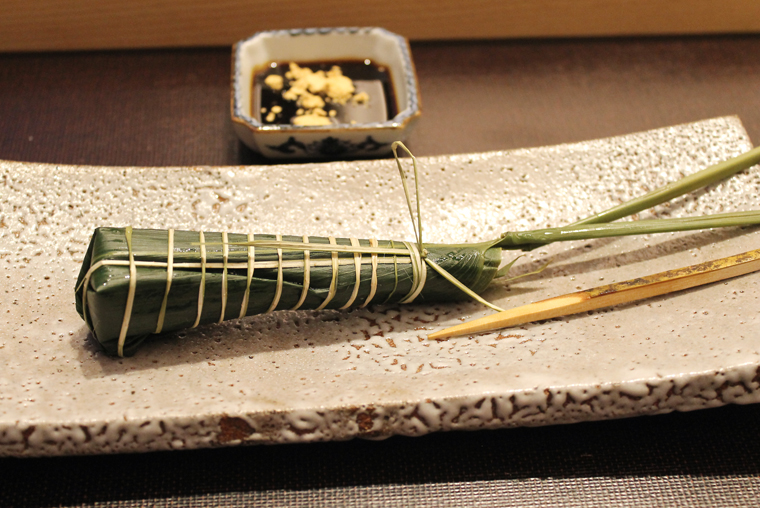
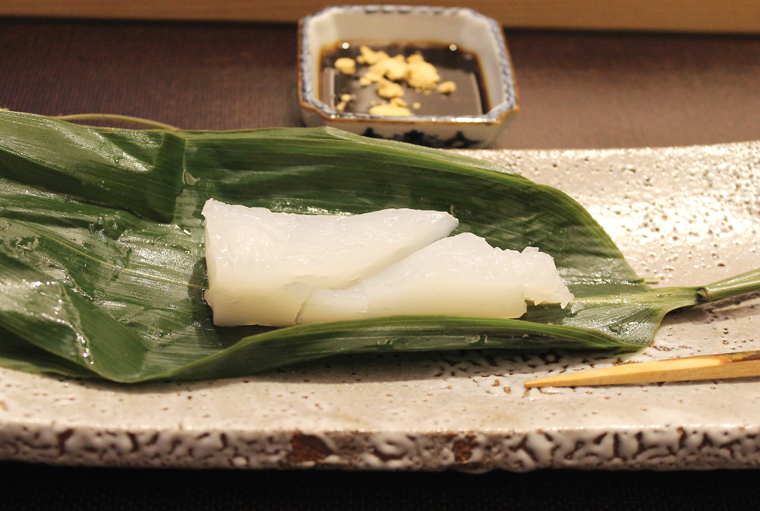
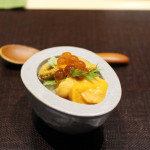
Wow, what an experience! This looks fantastic. Lucky you! And lucky us, for having you describe it to us. Thanks.
Really love your photos! And the dishes do look amazing, especially that pea soup, and I want to go buy Copper River salmon now so I can make some sushi at home! LOL. I recently heard about this place, but because of the price point this is not a priority to visit. Even if I had the extra cash to dish out for a meal like this, not sure if I agree that San Francisco needs another “exclusive” feeling sushi restaurant, IMHO.
This takes me back to the amazing sushi meals we had in Tokyo. Sigh!!
This meal was insane ! I couldn’t believe what all we got to eat. Such a unique menu and experience in SF.
Such an exceptional dining opportunity!